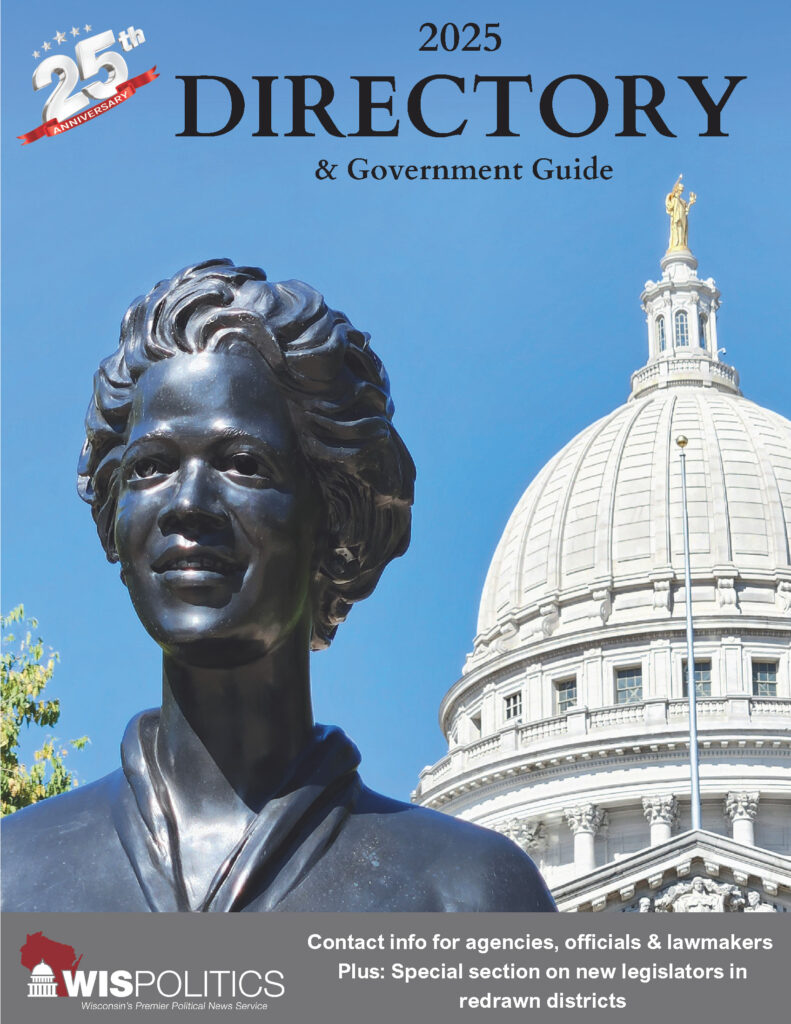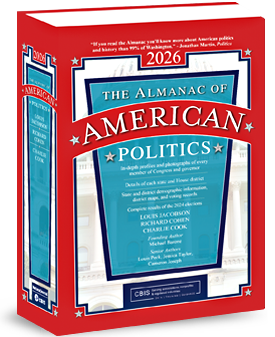The new budget signed by Gov. Tony Evers includes a workers’ compensation fee schedule for hospital charges — a compromise on an issue that for years has pitted the state’s business lobby against the health care industry. Scott Manley, executive vice president of government affairs for Wisconsin Manufacturers & Commerce, says the fee schedule doesn’t go as far as the group would have lik...
Please log in to access subscriber content.
If you don't have a subscription, please contact schmies@wispolitics.com for subscription options on the WisPolitics-State Affairs platform, which is the new home for WisPolitics subscriber products.



